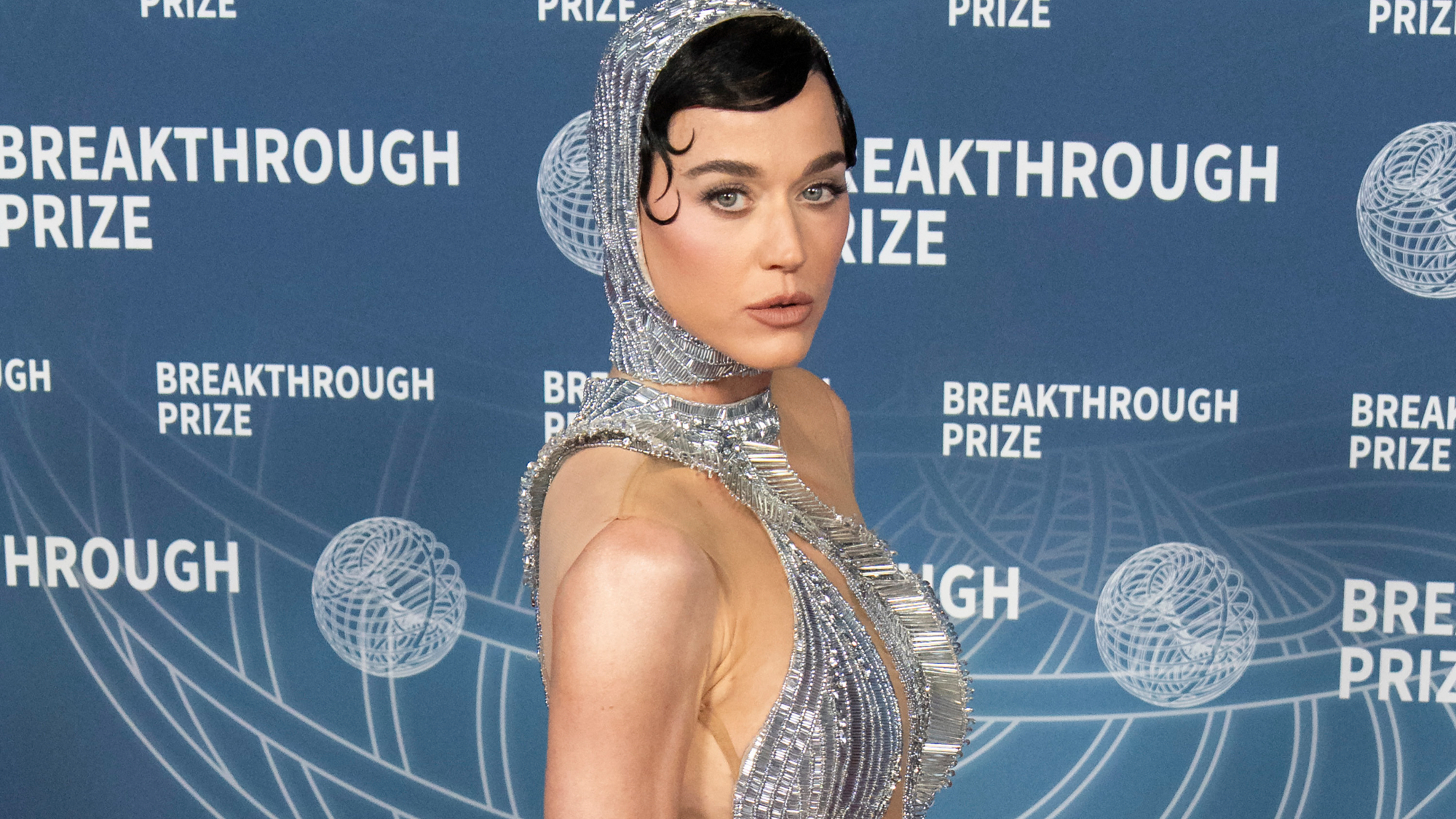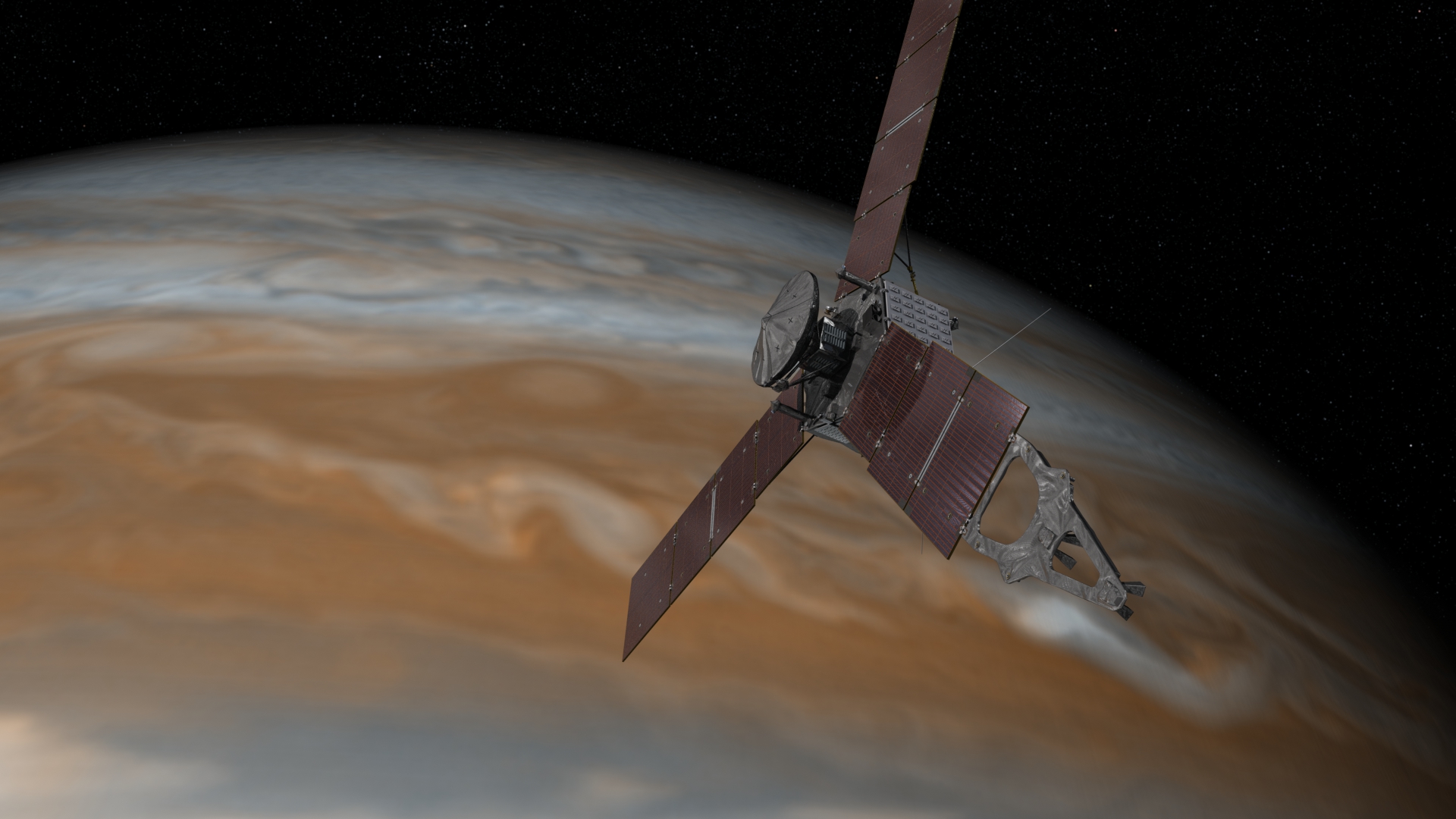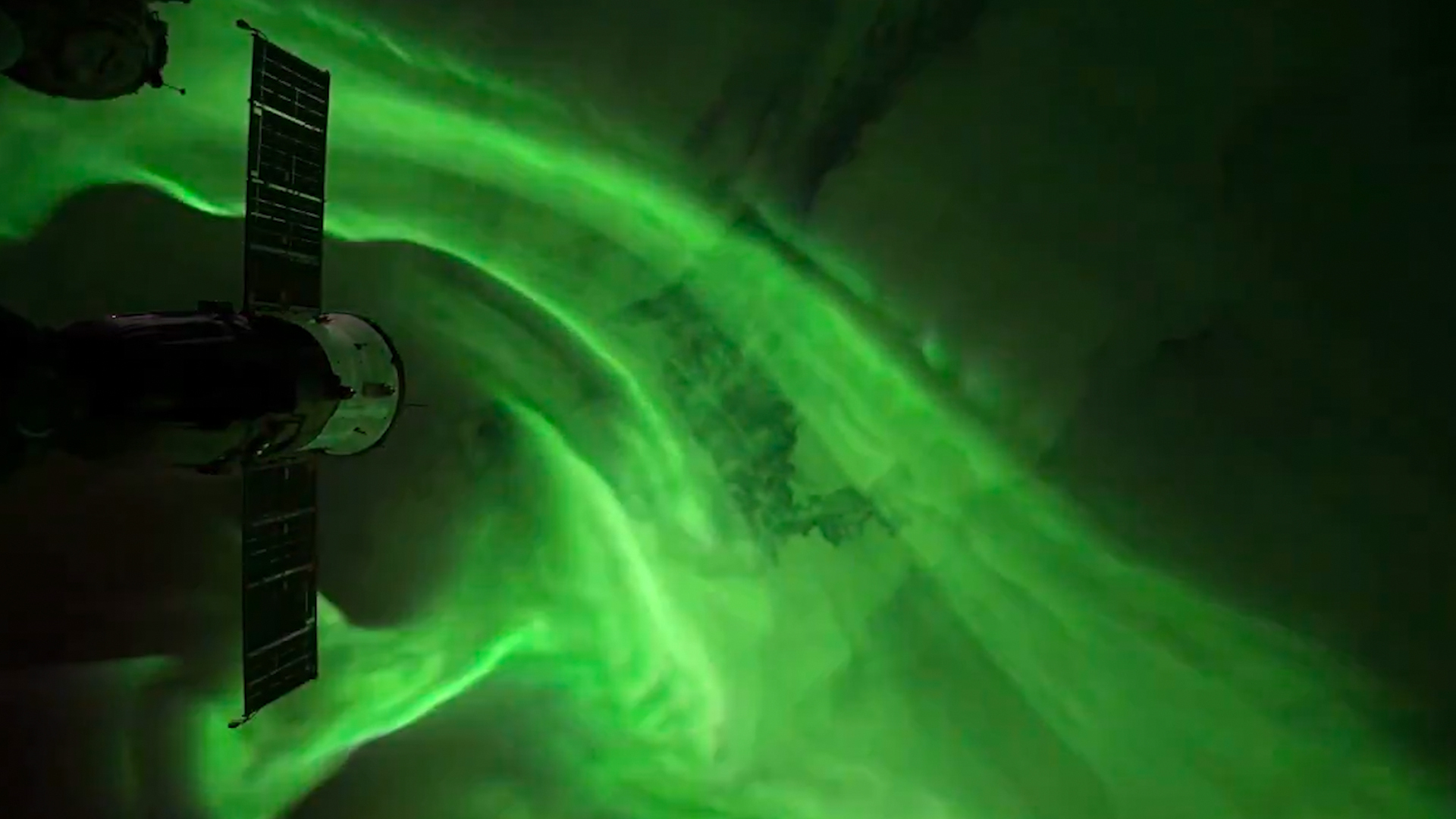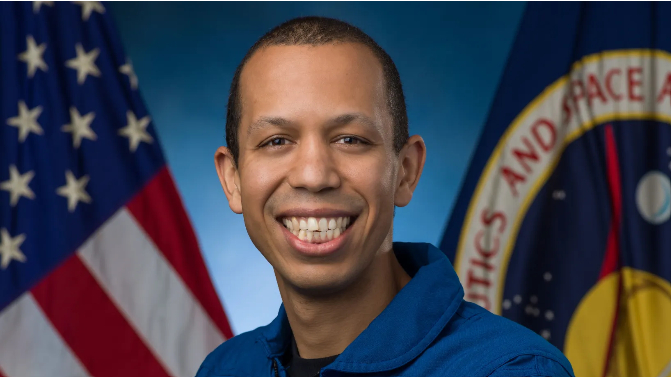NASA graduates new astronaut class as it begins recruiting for more
"Our astronaut corps puts the 'human' in human spaceflight."

"The Flies" are ready to fly, so NASA is again in need of some new flyboys (and gals).
On the same day that the space agency welcomed its latest class of astronauts, nicknamed "The Flies," into its corps, NASA announced it is again accepting applications for its next group of candidates for flights to the International Space Station, the moon and, eventually, missions to Mars.
"The breadth and depth of experience that this class brings to our space program is nothing short of amazing," Shannon Walker, deputy chief of NASA's Astronaut Office and "class mom" for the Group 23 astronauts, said at their graduation ceremony held at the Johnson Space Center in Houston on Tuesday (March 5).
"This class does have unique and special talents that they bring to NASA," Walker added. "And in fact, we believe that everyone has a special talent that they can bring to our astronaut corps. And that is why we are so excited to announce that we are taking applications again."
Related: How to become an astronaut
On Tuesday, the 10 members of NASA's 23rd group of astronauts graduated after successfully passing two years of basic training. The four women and six men each received a silver NASA astronaut pin — a tradition dating back to the original Mercury 7 astronauts — signaling they are now eligible for spaceflight assignments. (They will trade their silver pins for a gold version after entering space for the first time.)
Nichole Ayers, Marcos Berríos, Chris Birch, Deniz Burnham, Luke Delaney, Andre Douglas, Jack Hathaway, Anil Menon, Christopher Williams and Jessica Wittner bring the total number of active members in the Astronaut Office to 48, including the five currently on the space station.
"I am sorry I couldn't be there to celebrate you with you today," said Expedition 70 flight engineer Loral O'Hara in a video recorded aboard the space station. "Don't forget to take a moment to be proud of yourselves and how far you've come both as individuals and as a class. I can tell you one thing is for sure: the International Space Station is well worth the wait."

Since April 1959, NASA has chosen a total of 360 Americans for its astronaut corps, with all but three qualifying to launch.
"Our astronaut corps puts the 'human' in human spaceflight," said Vanessa Wyche, director of the Johnson Space Center. "Affectionately known as 'The Flies,' they have completed their training and will now be eligible for flight assignments to the space station, the moon under the Artemis program and Mars."
Joining the Americans as new graduates were two members of the United Arab Emirates' (UAE) second class of astronauts, Nora Al Matrooshi and Mohammad Al Mulla, who under an agreement between NASA and the Mohammed Bin Rashid Space Center, underwent training with "The Flies" and received the same silver pins as their U.S. counterparts. The UAE now has four astronauts qualified to fly on future NASA missions.
"Artemis is the most diverse international space exploration coalition in history, with 36 countries having signed the Artemis Accords," said Wyche. "I look forward to all that you will accomplish and witnessing your giant leaps as we venture to the moon and then onward to Mars."

"The Flies" are the first astronaut class to graduate since NASA began assigning new crews to launch to the moon as part of the Artemis program. In April 2023, NASA named the four astronauts who will fly on Artemis 2, now targeted for late 2025, which will be the first crewed flight to go around the moon since the Apollo missions more than 50 years ago.
"It has been almost 60 years since Group 4, of which I was part of, stood on this stage," said Harrison Schmitt, Apollo 17 lunar module pilot and the only geologist to walk on the moon to date. "Had we known what Group 23 was going to be like, we probably never would have volunteered. It would been a waste of time."
"Today one of the major milestones has been reached by this group of outstanding people," said Schmitt. "It's on the way to a flight assignment and, as I understand it from this morning, a few assignments have already been made."
As new astronauts, "The Flies" may not be the first in line for the next moon landing, but some will likely fill technical roles supporting the first flights, including serving as capcoms (capsule communicators) in Mission Control and overseeing the preparation of the missions' rockets and spacecraft.
The good news is that they won't be the "new guys" for very long.
Get the Space.com Newsletter
Breaking space news, the latest updates on rocket launches, skywatching events and more!
Related: NASA's Artemis program: Everything you need to know

NASA is now through April 2 recruiting for its 24th class of astronauts.
Applicants need to be U.S. citizens and be able to pass a physical for long-duration spaceflight, including vision correctable to 20/20 in each eye (eyeglasses and LASIK are allowed) and be able to fit into NASA's spacecraft and spacesuits.
Applicants also need to have either a master's degree in a STEM (science, technology, engineering or mathematics) field; a doctor of medicine or osteopathic medicine degree; two years toward a doctorate in a related STEM field or be qualified as a test pilot. In addition, they must have at least two years of related professional experience or 1,000 hours of pilot-in-command time in jet aircraft.
All applicants will take an online assessment that is consistent with modern hiring practices across the government and industry.
Applications are now being accepted through the federal government's USAJobs website. The number of people who will be selected is still to be determined.
Follow collectSPACE.com on Facebook and on Twitter at @collectSPACE. Copyright 2024 collectSPACE.com. All rights reserved.
Join our Space Forums to keep talking space on the latest missions, night sky and more! And if you have a news tip, correction or comment, let us know at: community@space.com.

Robert Pearlman is a space historian, journalist and the founder and editor of collectSPACE.com, a daily news publication and community devoted to space history with a particular focus on how and where space exploration intersects with pop culture. Pearlman is also a contributing writer for Space.com and co-author of "Space Stations: The Art, Science, and Reality of Working in Space” published by Smithsonian Books in 2018.In 2009, he was inducted into the U.S. Space Camp Hall of Fame in Huntsville, Alabama. In 2021, he was honored by the American Astronautical Society with the Ordway Award for Sustained Excellence in Spaceflight History. In 2023, the National Space Club Florida Committee recognized Pearlman with the Kolcum News and Communications Award for excellence in telling the space story along the Space Coast and throughout the world.










